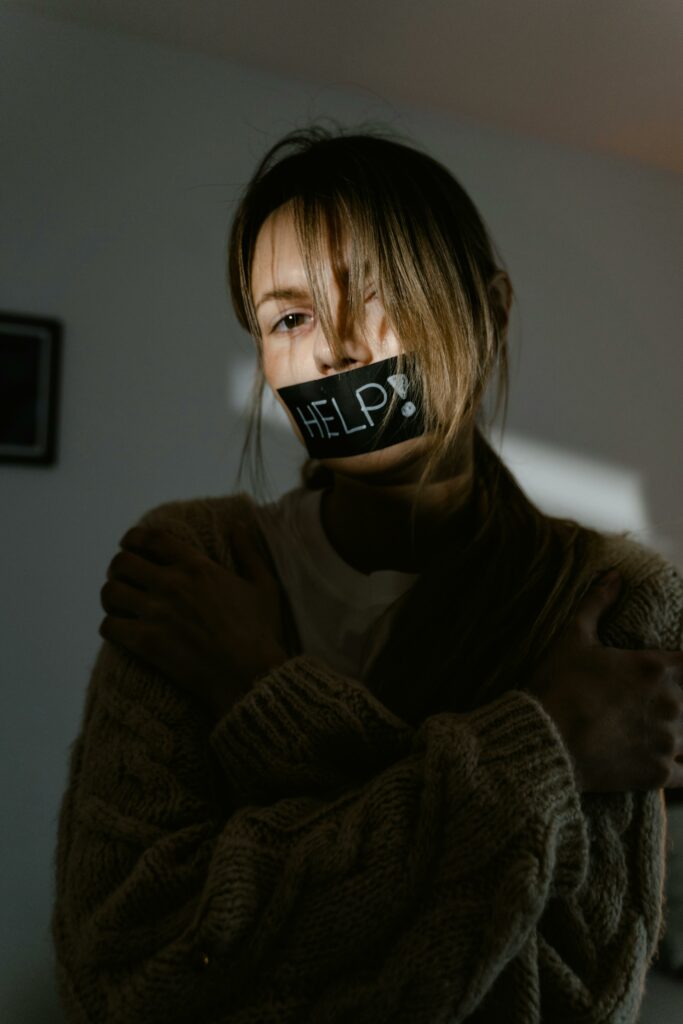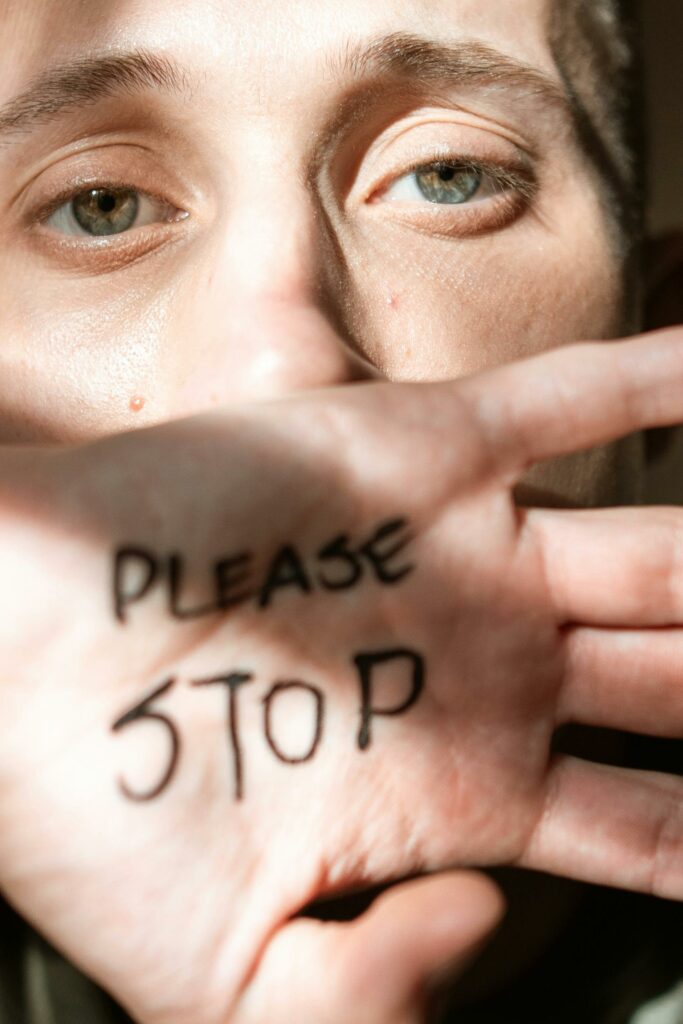“Don’t be a victim.”
“You have a victim mentality.”
“I’m not a victim.”
“I’m not like a typical victim.”

These statements are often normalized and seen as signs of strength and resilience. We don’t want to give our abusers so much credit as to define ourselves by what they did to us. However, these phrases put the problem of victimization on the victim. In other words, they are victim-blaming statements.
When I got out of my family of origin, I immediately fell into a series of abusive relationships. I thought I knew enough to look for the signs. I thought I could identify the red flags at an early stage. I thought that because I’d seen through abuse in the past, I knew what to watch out for.
Unfortunately, the more someone has been abused, the more they are susceptible to being abused again. It has nothing to do with being intelligent, strong, or even informed. The fact is that the smartest people I know have been in or are currently stuck in abusive relationships.
Under a patriarchal system, asking “why doesn’t she just leave?” is a victim-blaming question. Under a system where children have no rights, it’s just as ridiculous to ask, “why don’t the children run away?”
The answer is that they do leave, they do run away, they do attempt to escape. The problem is that there is nowhere to go in a society that favors cishet white men as the owners of everyone else.

Equating the angry victim with the violent aggressor is also victim-blaming. It puts the onus on the victim reacting to abuse instead of on the abuser.
Being a perfect victim – choosing our words carefully – Is a way to avoid victim-blaming. Often, though many victims prove themselves to be intelligent, well-spoken, and able to contain their justified rage, this strategy doesn’t work. People continue to blame the victim. A popular example of this is Christine Blasey Ford’s articulate and informed testimony against US Supreme Court Justice Brett Kavanaugh.
This problem is not theoretical, existential, or philosophical. It is as real as being hit in the face so hard you’re thrown to the ground. It’s important to understand that violence reinforces its own right to be violent. Violence keeps this system in place. Anyone in an abusive relationship who tries to get away is likely to face worsened violence if they try to leave.
It’s also important to think about the victim-blaming that happens when we try to warn other potential victims. Don’t get me wrong, I think it’s important to talk about violence. The more we talk about it, the more the deception is brought to light. However, I often find myself wondering about what the underlying assumption is if the goal is to help people to protect themselves.
Aren’t we basically saying that we ourselves would have done better if we knew better? We are all susceptible to being victimized in some way, and this vulnerability is hard to accept. I have also contributed to this in my own writings, as an abuse victim myself. It is a difficult concept to grasp and eradicate.
Being a victim is not the fault of the victim. Never. That responsibility lands squarely on the shoulders of the abuser. We must discuss this problem, not for the sake of warning individual people away from becoming victims, but so the problem as a whole can be eradicated.
The solution is not in warning victims or somehow educating their abusers to stop being abusive. It lies in holding abusers accountable. This starts with believing victims wholly, including the fact that despite the victims’ best efforts and wisdom, they were abused. Smart people, capable people and strong people can all be victims of abuse.

Abusers always gather supporters. They are often charismatic and keep the abuse covert. They often hold positions of power over their victims, combining power with likeability. The solution would involve abusers facing real consequences from those closest to them.
Victims of abuse are unlikely to be believed, especially because being traumatized often makes the victim shrink. Isolation and torment may leave the victim severely depleted when it comes to communicating. This means that the abuser has the upper hand in basically every department.
Rather than assuming abusers are hiding in darkness, we need to realize that they are walking around in broad daylight, smiling confidently. They gather wealth, power, support, and trustworthiness with almost everyone they meet.
By contrast, it is their victims who may appear withdrawn, lacking social skills, and fearful. These things are a result of being traumatized.
Holding abusers accountable would require that our entire culture reverses how it thinks about abuse.
That is a tall order, but it starts with how we each think about what we say about victims. Who do we blame? How can we reimagine justice, healing, and recovery?
I’m not saying that it’s wrong to want to be more than our traumas. What I want to emphasize is that we all can be more thoughtful about whether our comments contain additional shame. It is inaccurate to assume that victims are not intelligent or informed merely because they were victims. It is also unfair to presume that a victim is not strong or worthy when they speak about having been abused.
When we truly commit to listening to victims and being compassionate – that is, recognizing that we, too, could be in their shoes, despite our best efforts and virtues – we will collectively realize that the problem is not the victims, but the abusers.
